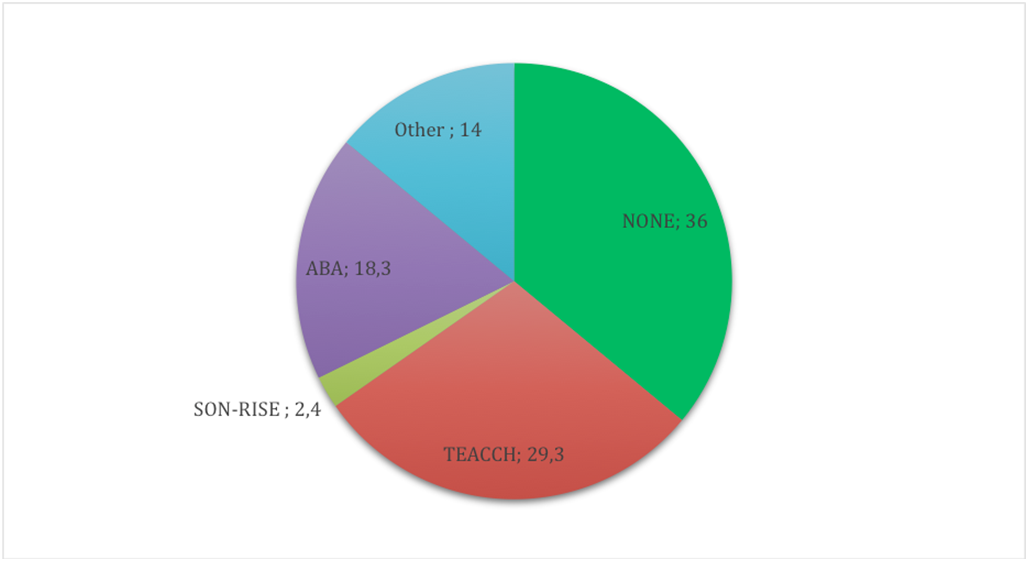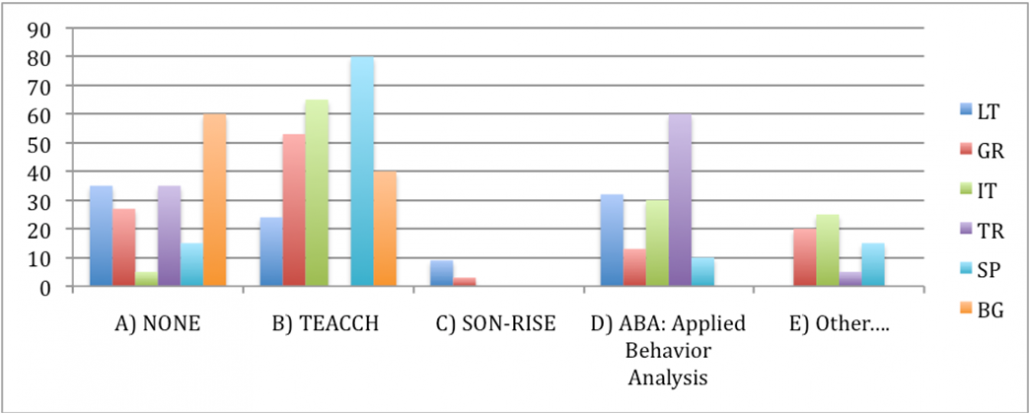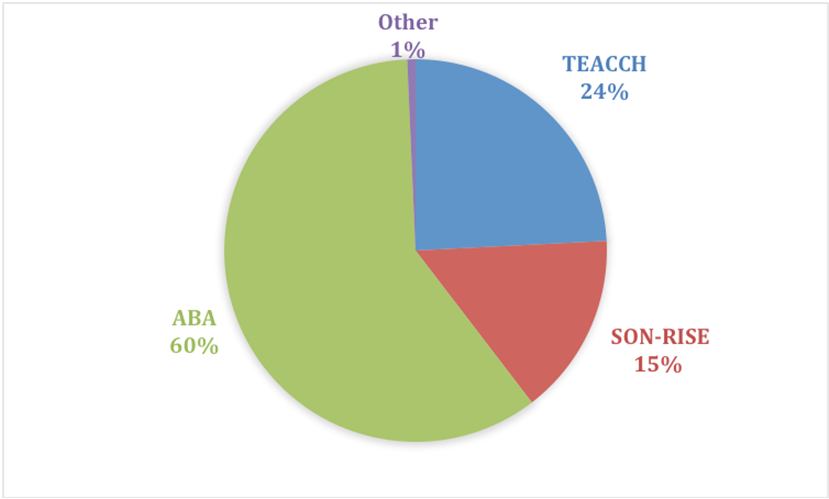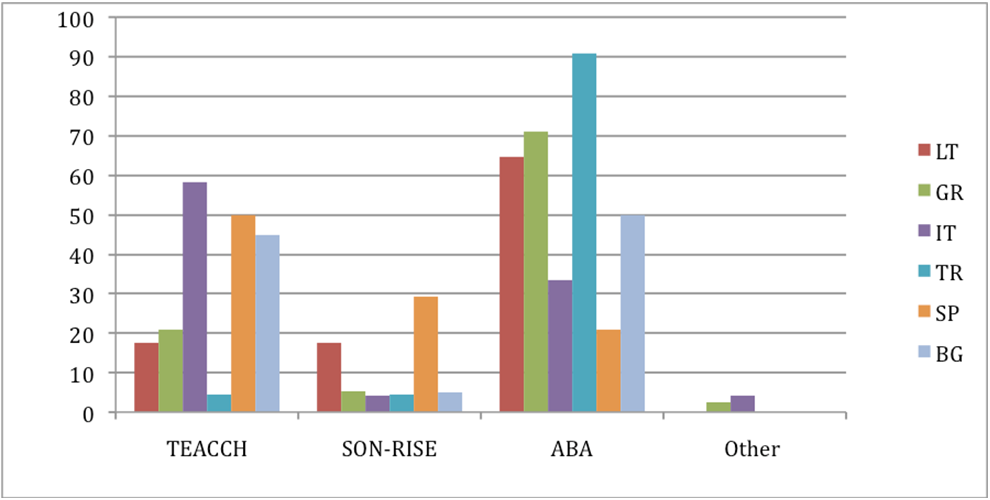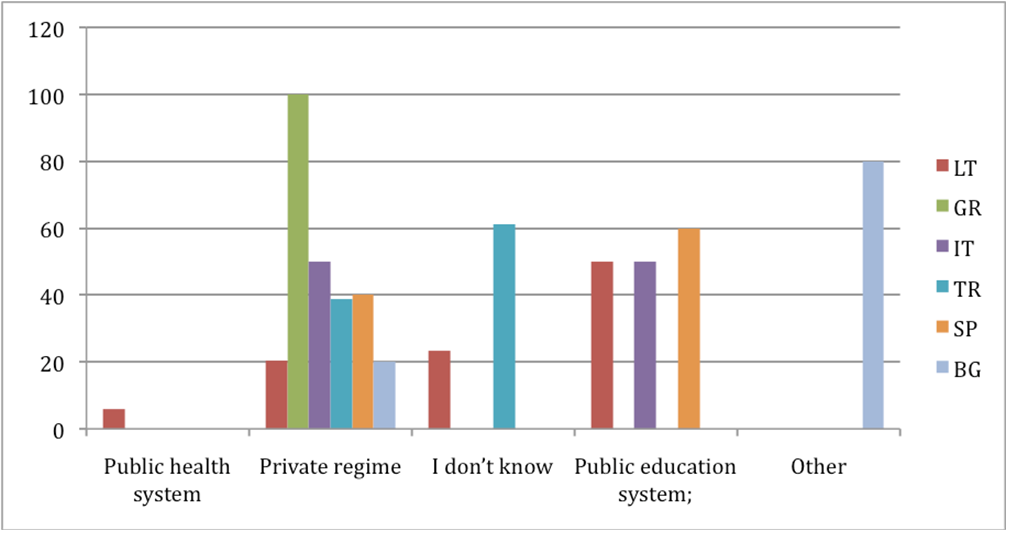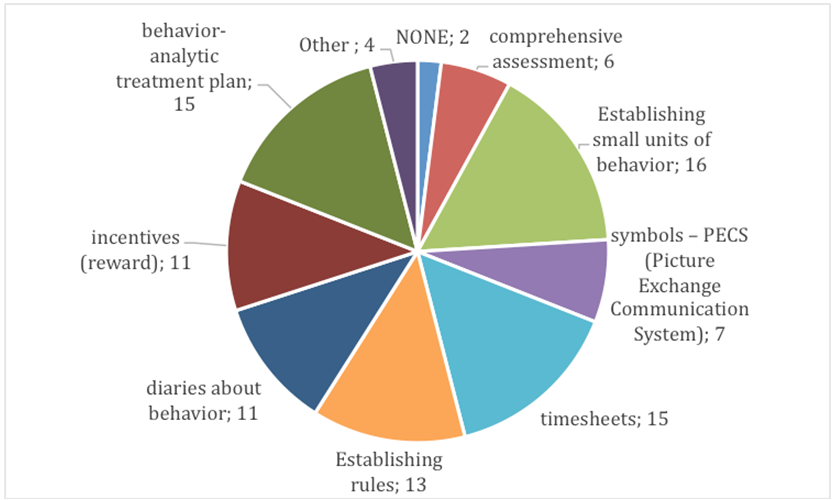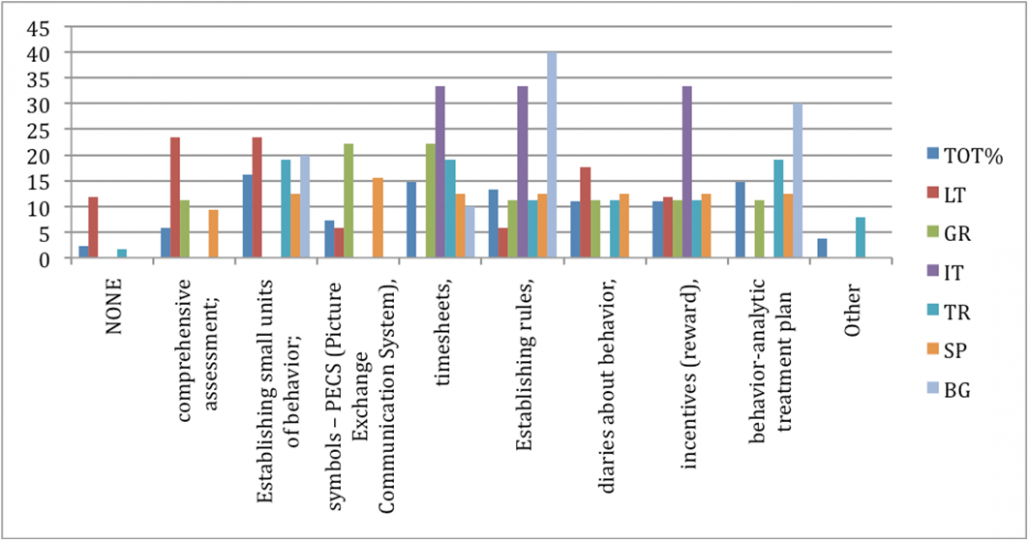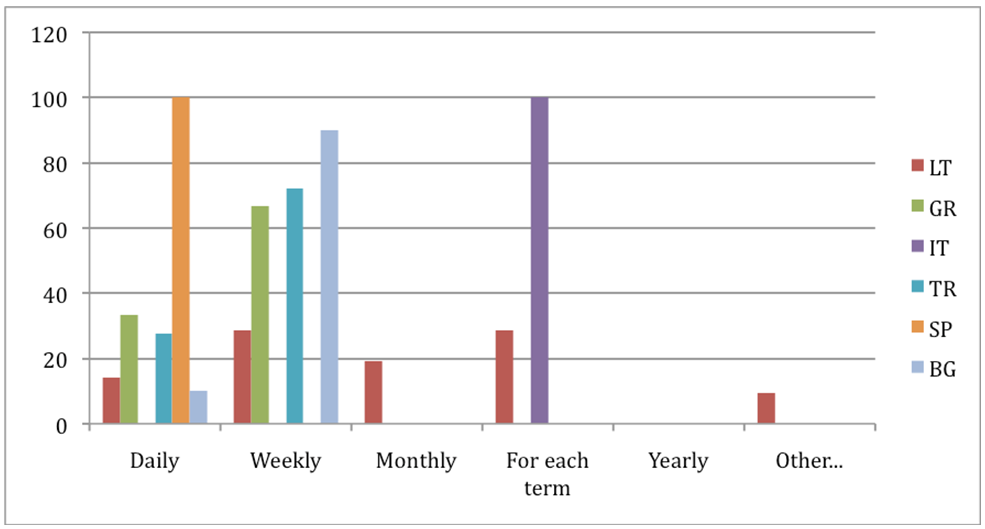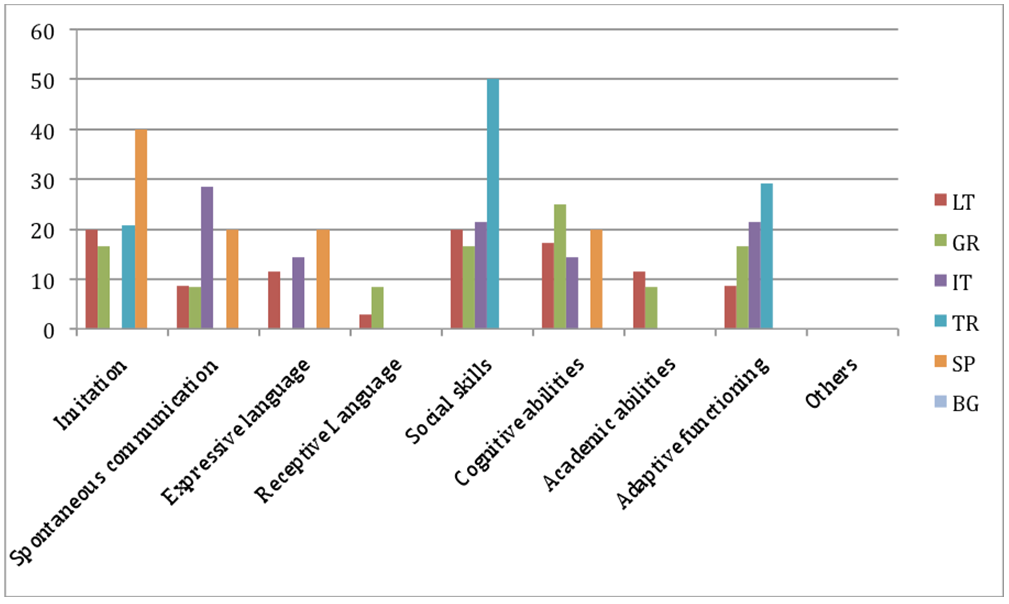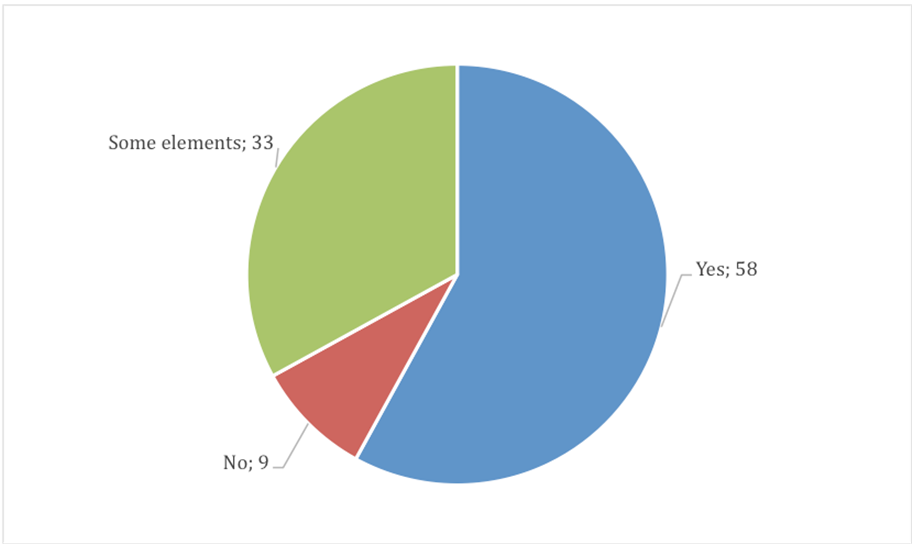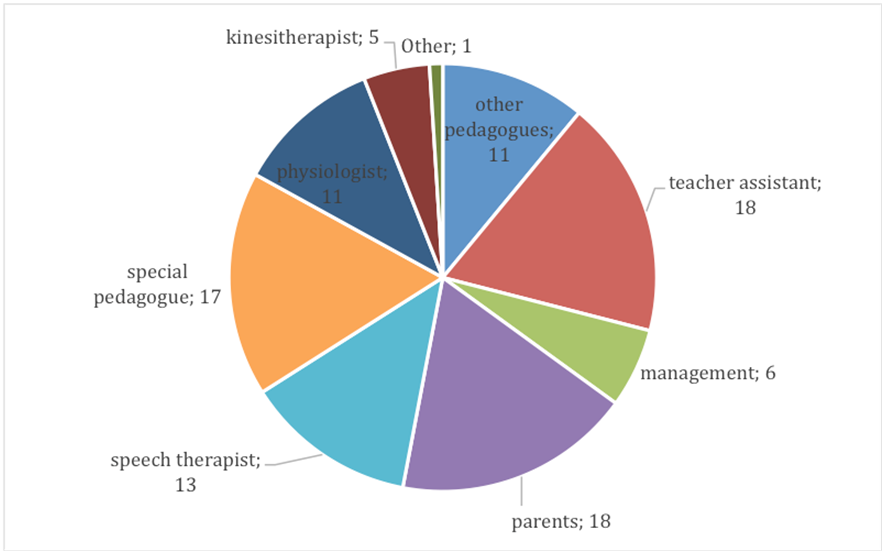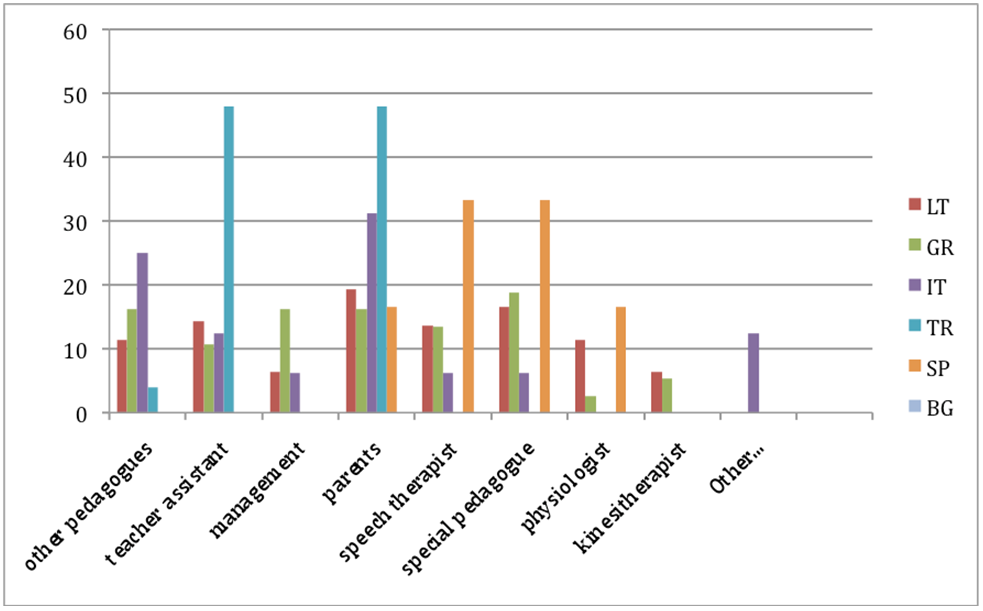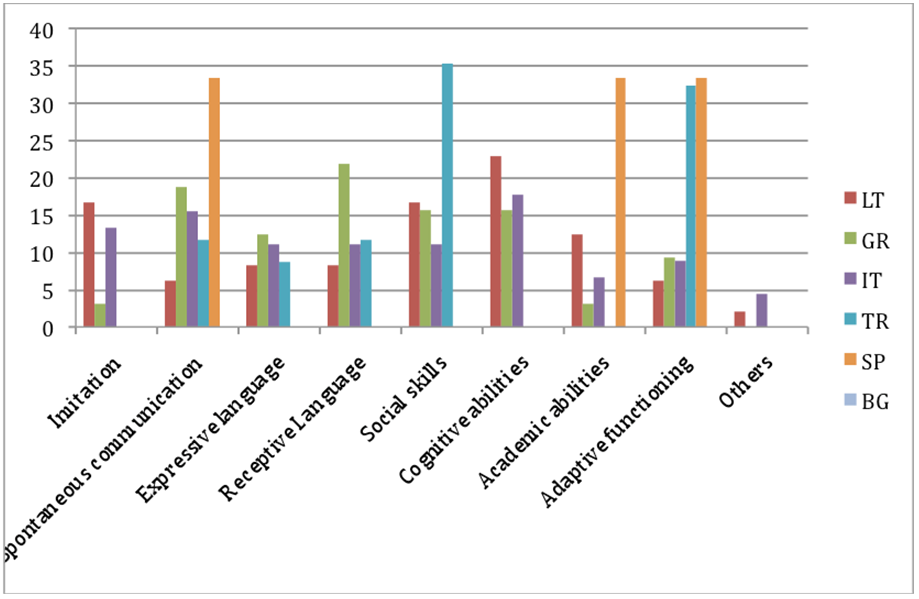Table of Contents
1. STUDY DESCRIPTION
Aim – Foresees the realization of a comparative study on the main approaches on ABA integration in Schools in the participating organizations’ countries and/or regions.
Preparation time – December 2016 – May 2017.
Main impact of this methodology can be:
- For educational government in local, regional or national level – to show most important aspect in child’s with autism syndrome or emotional and behavioural disorders;
- For pedagogues – to realise suitable tools for ABA elements use in education. Also to know parents view and identify similarities or differences in view of child’s education;
- For parents – to understand pedagogues position and make suitable suggestions for their child’s education.
Methodology:
Multilingual research –each partner has conducted surveys in their mother tongue in order to facilitate an adequate understanding in the participating organizations’ countries and/or regions. Information collected relates to quantitative and qualitative data.
The main aspects that were examined are the following:
– Different View about ABA strategy at schools and positive attitude;
– ABA integration in the curriculum: Schools integration of ABA across the special education curriculum. Possibilities and realization. The schools’ awareness of ABA’s positive affects on the quality of learning and teaching. School community attitudes and behaviour;
– Continuing Professional Development: Schools commitment to ongoing professional development in ABA;
– ICT using in ABA e-learning creating. Clear understanding of the staff on how ICT can be used to improve personal skills – actuality for every country;
– Resources and infrastructure: Schools appropriate ABA resources, including hardware, software and infrastructure to support particular learning environments, and reflect plans for ABA development as outlined in the school’s policy.
– Partner will in order to investigate the reasons of success/ failure and learn lessons for potential good applications of the mechanisms that stand at the basis of them.
– Legislative framework in every country.
The study parts in every partner’s country are as follows:
- Legislative basis and possibilities analysis.
Aim – to realise law system suitability to autistic child’s education, integration and look for schools feasibilities, awareness to use ABA.
This section is dedicated to present the main legislative basis for the education, integration and protection of the rights of children with autism or special needs in force in the countries involved.
Every country analysis and list of analysed documents is added at the end of research.
- Questionnaires for educators and parents.
Aim – to identify and compare parents and teachers view in ABA benefit, real use for children and possible use in school they child attend.
This study includes the questionnaire results which applied on teachers and parents/care holders of six partner countries of the project.
Questionnaires have been applied on 145 teachers and 179 parents.
- Semi-structured interviews/case studies.
AIM: The focus of this section of the study is to represent the educational treatment of children with autism spectrum disorders and to elicit the perspectives of usage or needs of applying ABA method with the ICT tools.
We prepared semi-structured interview administered to the specialized school staff or autism experts to obtain a reference frame of the real situation and possibility of implementing projects aimed at schools to support the training of children with special educational needs.
The case study semi-structured interview consists of an introductory section that explains the situation of followed children and their families (state social support, family relationships with environment, communication, opinion of using ICT tools and how institutions match the child’s needs) and 10 open questions focused on ABA and ICT tools.
Preparation time – April 2017.
Number of target group (teachers who work with ASD) – 13.

 Education of special needs of the Republic of Lithuania is governed by the documents of Lithuanian Government and by the Ministry of Education, Social Security, Labour and Health Security.
Education of special needs of the Republic of Lithuania is governed by the documents of Lithuanian Government and by the Ministry of Education, Social Security, Labour and Health Security. The law 3699/2008 concerns Special Education and Education of People with Disabilities or Special Education Needs. The article no. 7 of the Law 3699/2008 is dedicated in special/education law.
The law 3699/2008 concerns Special Education and Education of People with Disabilities or Special Education Needs. The article no. 7 of the Law 3699/2008 is dedicated in special/education law.
 For disabled students, the first legislative regulation on special education has been made in 1889. A law about special education has been put into force in 1997 and it has been regulated with Special Education Regulation to, which has been published in 2006, its current situation.
For disabled students, the first legislative regulation on special education has been made in 1889. A law about special education has been put into force in 1997 and it has been regulated with Special Education Regulation to, which has been published in 2006, its current situation. The educational system arranges the necessary resources for pupils with temporary or permanent special educational needs to achieve the objectives established within the general programme for all pupils.
The educational system arranges the necessary resources for pupils with temporary or permanent special educational needs to achieve the objectives established within the general programme for all pupils. In recent years, a number of laws have been approved for special education including Law for family support for children of the 29.03.2002 and actualized 01.01.2017, Law for protection, rehabilitation and social inclusion of people with disabilities of the 01.01.2005, governmental law for inclusive education of the 01.11.2016 and governmental law for preschool and school education of the 8.10.2015.
In recent years, a number of laws have been approved for special education including Law for family support for children of the 29.03.2002 and actualized 01.01.2017, Law for protection, rehabilitation and social inclusion of people with disabilities of the 01.01.2005, governmental law for inclusive education of the 01.11.2016 and governmental law for preschool and school education of the 8.10.2015.